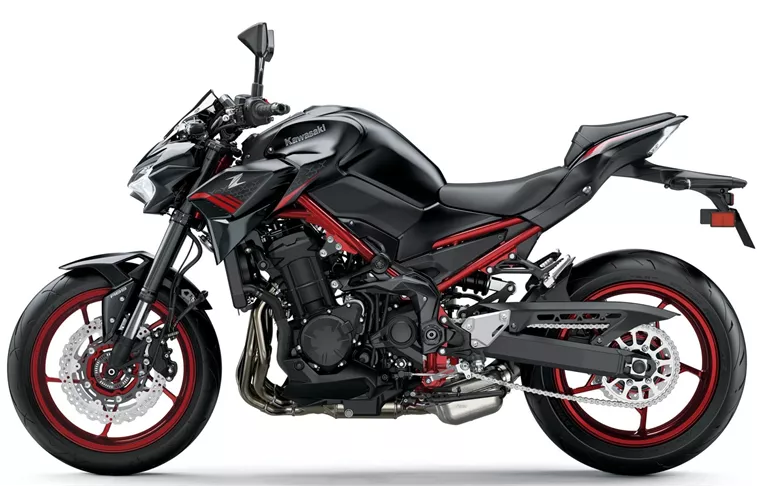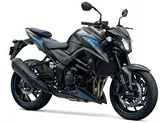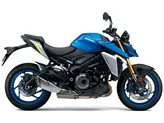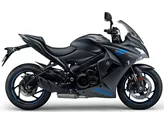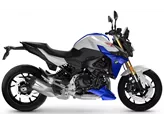Suzuki GSX-S1000 2016 vs. Kawasaki Z900 2021

Suzuki GSX-S1000 2016
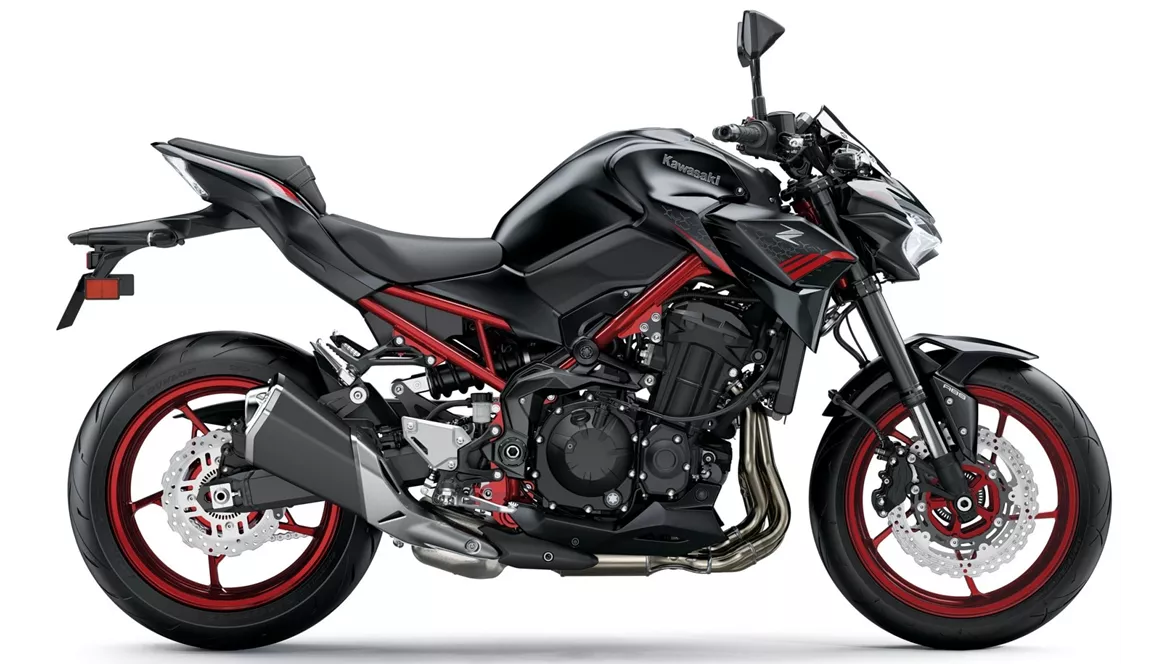
Kawasaki Z900 2021
Overview - Suzuki GSX-S1000 2016 vs Kawasaki Z900 2021
When comparing the Suzuki GSX-S1000 2016 and the Kawasaki Z900 2021, it is important to consider their technical specifications and strengths and weaknesses.
In terms of engine and drive train, both bikes have an in-line four-cylinder engine with liquid cooling and fuel injection. However, the Suzuki GSX-S1000 has a higher engine power of 149 HP compared to the Kawasaki Z900's 125.4 HP. The Suzuki also has a higher torque of 106 Nm compared to the Kawasaki's 98.6 Nm. Both bikes have a displacement of around 1000cc.
In terms of suspension, both bikes have upside-down telescopic forks at the front and a swing arm with a monoshock at the rear. However, the Suzuki GSX-S1000 offers more adjustment options for the front and rear suspension, including compression, preload, and rebound adjustments. The Kawasaki Z900 only offers preload and rebound adjustments.

Suzuki GSX-S1000 2016
In terms of chassis, the Suzuki GSX-S1000 has an aluminum frame with a twin tube design, while the Kawasaki Z900 has a steel frame with a double cradle design. The choice of materials and design may affect the bikes' weight and handling characteristics.
Both bikes have double disc brakes at the front with four-piston calipers. However, the Suzuki GSX-S1000 has larger diameter discs at 310 mm compared to the Kawasaki Z900's 300 mm discs. The Suzuki also features radial brake technology, which may provide better braking performance.
In terms of advanced rider assistance systems, both bikes have ABS. However, the Kawasaki Z900 2021 offers additional features such as riding modes, ride by wire, and traction control. These features may enhance the bike's performance and safety.
In terms of dimensions and weights, both bikes have a front tire width of 120 mm and a front tire diameter of 17 inches. The Suzuki GSX-S1000 has a wider rear tire at 190 mm compared to the Kawasaki Z900's 180 mm. Both bikes have a wheelbase of around 1450-1460 mm. The seat height of the Suzuki GSX-S1000 is slightly higher at 815 mm compared to the Kawasaki Z900's 795 mm. The kerb weight of both bikes is similar, with the Suzuki weighing 209 kg and the Kawasaki weighing 210 kg.
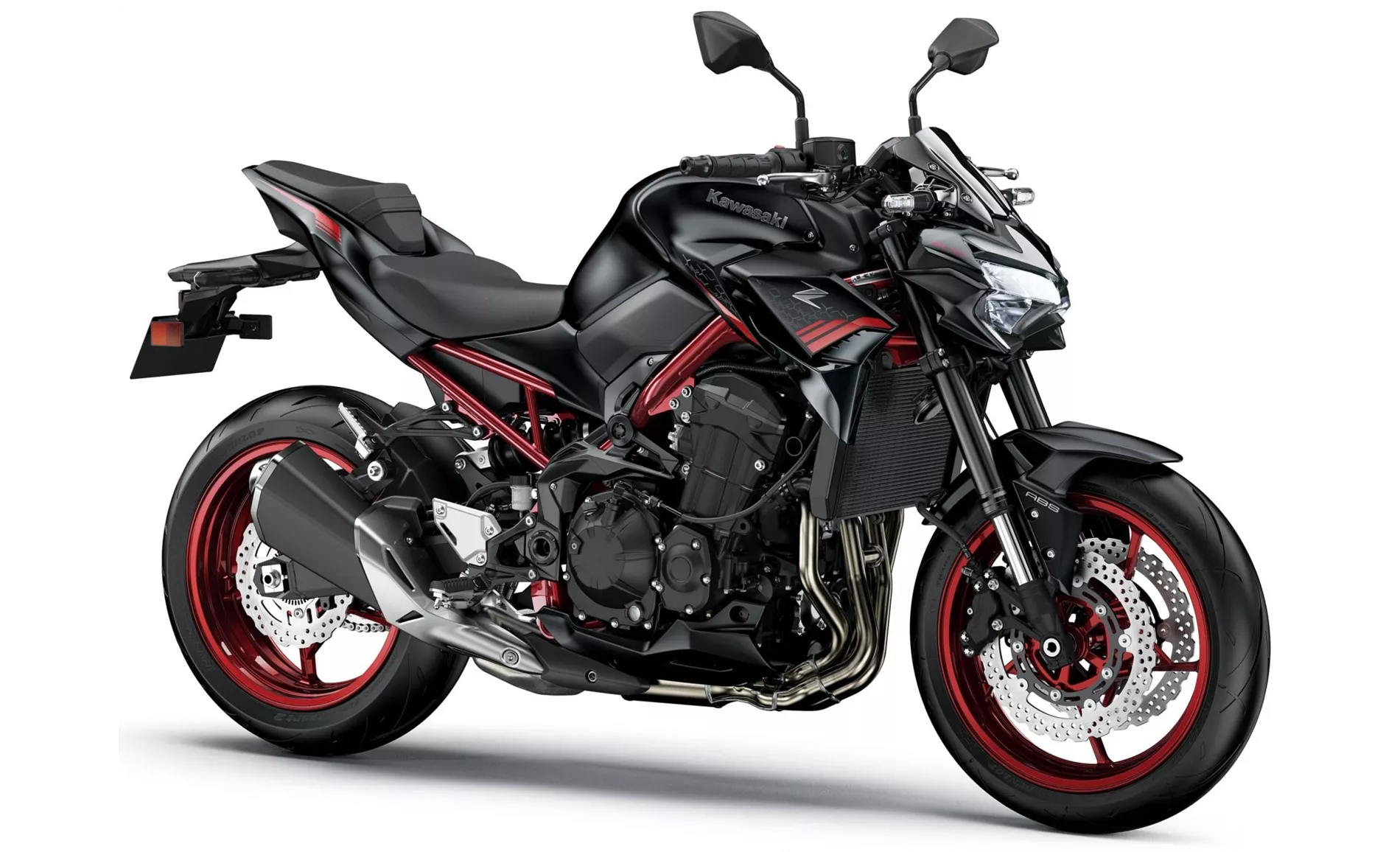
Kawasaki Z900 2021
In terms of strengths, the Suzuki GSX-S1000 2016 offers a powerful engine, good braking control, a stable and sensitive chassis, a comfortable seating position, and a relatively low price. On the other hand, the Kawasaki Z900 2021 has a powerful four-cylinder engine, intuitive handling, good equipment, aggressive looks, and value for money.
In terms of weaknesses, the Suzuki GSX-S1000 2016 has been criticized for its front end appearance and a toxic throttle response in the lower rev range. The Kawasaki Z900 2021, on the other hand, does not offer a quickshifter option and some competitors have advanced electronic features like a 6-axis IMU.
Overall, both the Suzuki GSX-S1000 2016 and the Kawasaki Z900 2021 have their own strengths and weaknesses. The choice between the two will depend on the rider's preferences and priorities, such as power, handling, features, and price.
Technical Specifications Suzuki GSX-S1000 2016 compared to Kawasaki Z900 2021
Pros and Cons in comparison
Pros and Cons in comparison
Suzuki GSX-S1000 2016
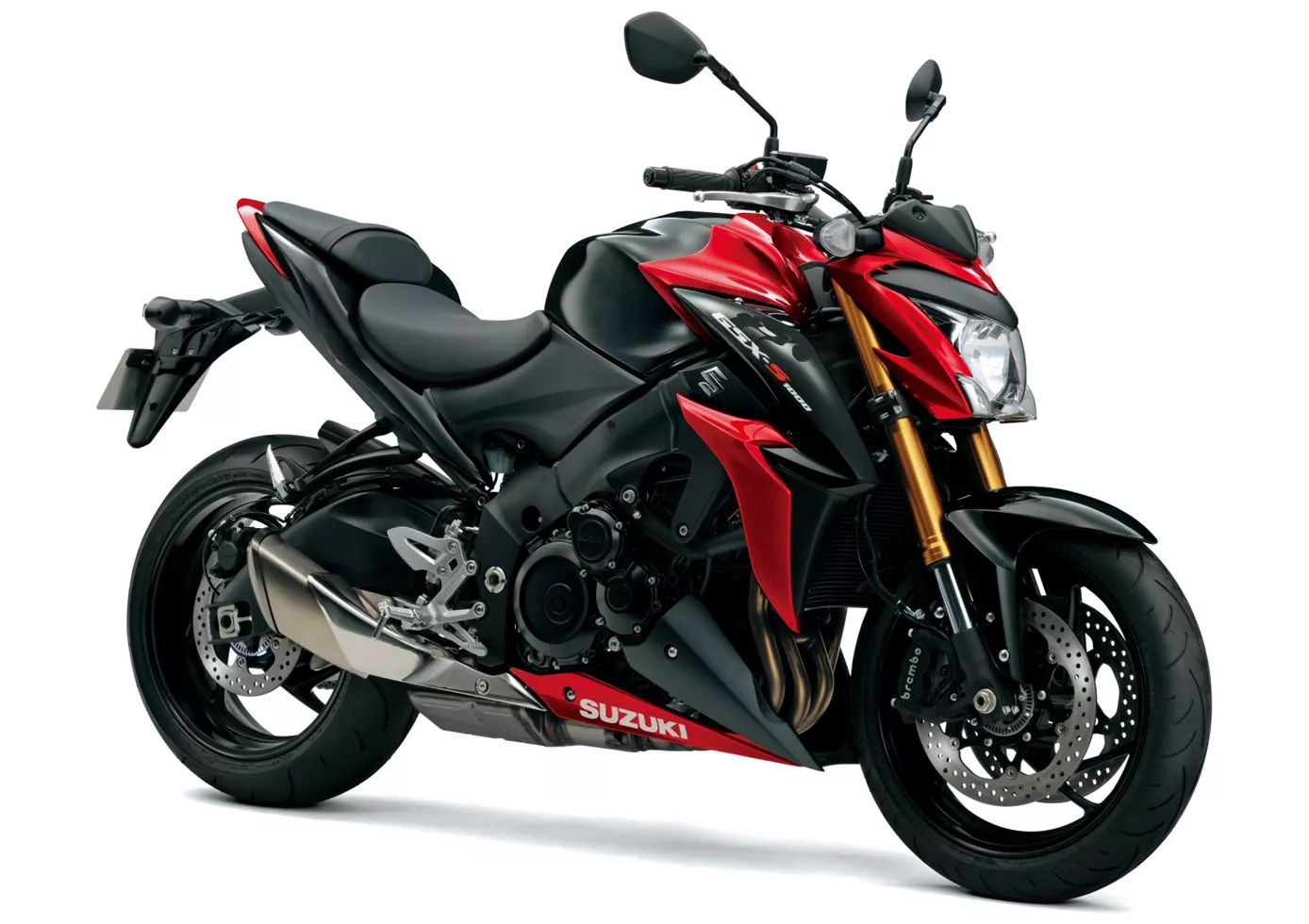
Some might be surprised that after waiting so long, Suzuki did not launch the ultimate, uncompromising power naked bike. Instead, the Suzuki GSX-S 1000 with its 149 hp seems almost too well-behaved. But once you ride it on the race track, you quickly realise that the engine is far more powerful in real life and that the rest of the performance of the chassis and braking system is also impressive. In return, it also offers a large portion of everyday and practical suitability - not bad ingredients when you have to cover everything from everyday to race track with a single bike.
Kawasaki Z900 2021

In terms of price-performance, the Kawasaki Z900 is hard to beat at the moment. With the perfectly tuned engine, the high-quality chassis components and the electronics added for 2020, this naked bike offers everything that sporty riders will be looking for. There is really nothing to complain about, except for the lack of a quickshifter option.
Price Comparison Avarage Market Price Suzuki GSX-S1000 vs Kawasaki Z900
There are a few key differences between a Suzuki GSX-S1000 2016 and a Kawasaki Z900 2021. In terms of price, the actual average prices of both motorbikes are almost the same. Compared to Kawasaki Z900 2021 there are less Suzuki GSX-S1000 2016 bikes available on the 1000PS.de Marketplace, specifically 10 compared to 33. It takes less time to sell a Kawasaki Z900 with 107 days compared to 109 days for the Suzuki GSX-S1000. Since model year 2015 1000PS.de editors have written 36 reviews for the Suzuki GSX-S1000 and 46 reviews for the Kawasaki Z900 since model year 2017. The first review for the Suzuki GSX-S1000 was published on 9/27/2014 and now has more than 17,100 views. This compares to more than 93,200 views for the first review on Kawasaki Z900 published on 11/11/2016.

